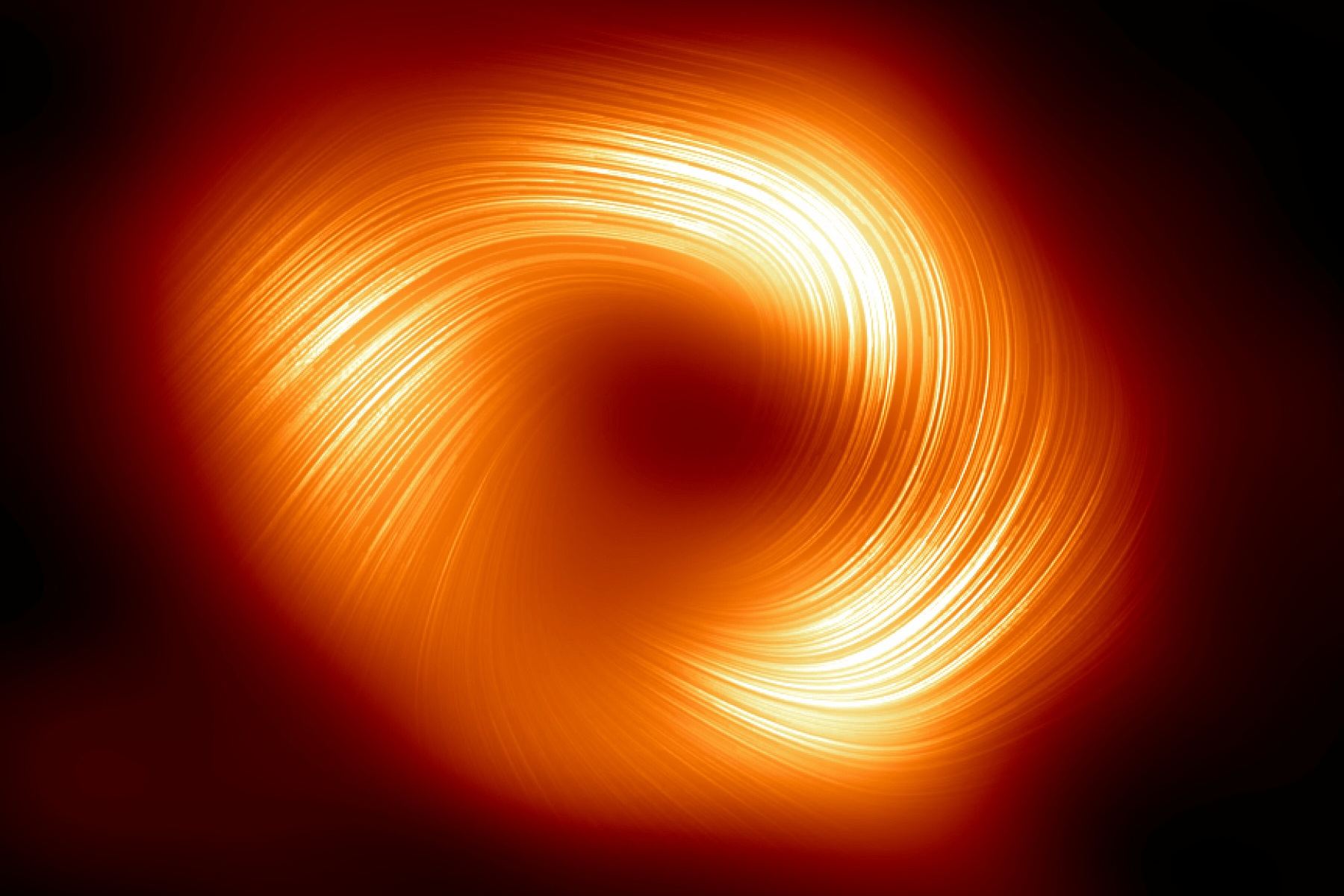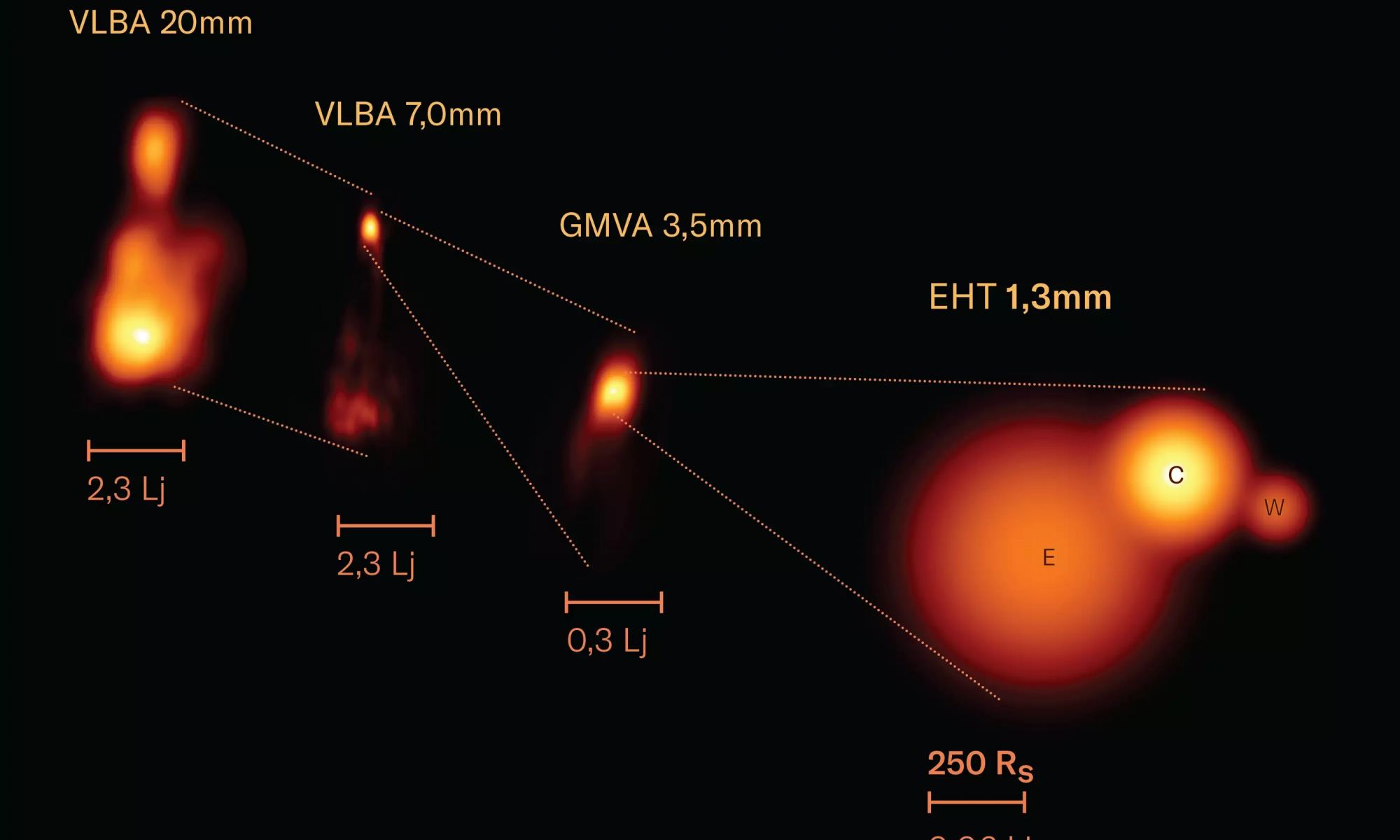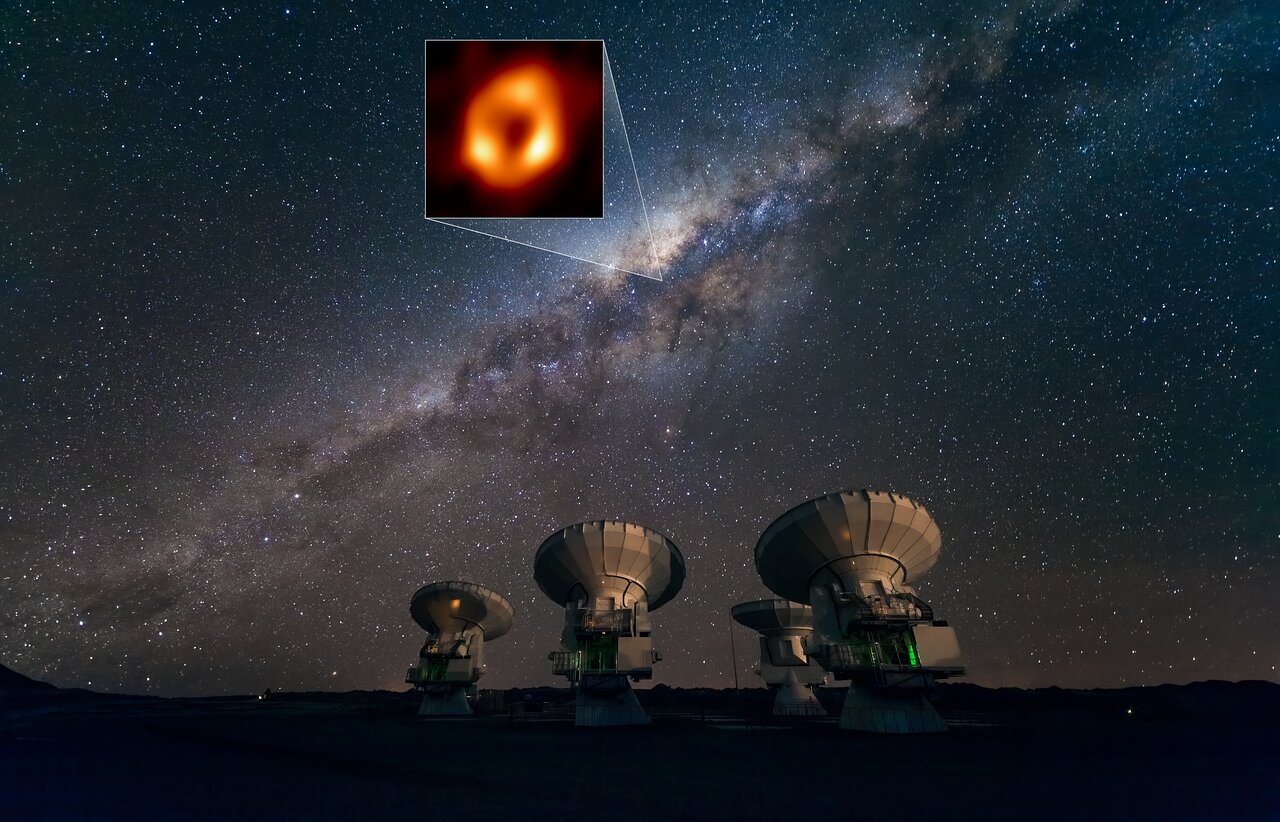The Theory of General Relativity (GR), proposed by Einstein over a century ago, remains one of the most well-known scientific postulates of all time. This theory, which explains how spacetime curvature is altered in the presence of massive objects, remains the cornerstone of our most widely-accepted cosmological models. This should come as no surprise since GR has been verified nine ways from Sunday and under the most extreme conditions imaginable. In particular, scientists have mounted several observation campaigns to test GR using Sagittarius A* (Sgr A*), the supermassive black hole at the center of the Milky Way.
Last year, the Event Horizon Telescope (EHT) – an international consortium of astronomers and observatories – announced they had taken the first images of Sag A*, which came just two years after the release of the first-ever images of an SMBH (M87). In 2014, the European members of the EHT launched another initiative known as BlackHoleCam to gain a better understanding of SMBHs using a combination of radio imaging, pulsar observations, astrometry, and GR. In a recent paper, the BHC initiative described how they tested GR by observing pulsars orbiting Sgr A*.
Continue reading “Pulsars Could Help Map the Black Hole at the Center of the Milky Way”










